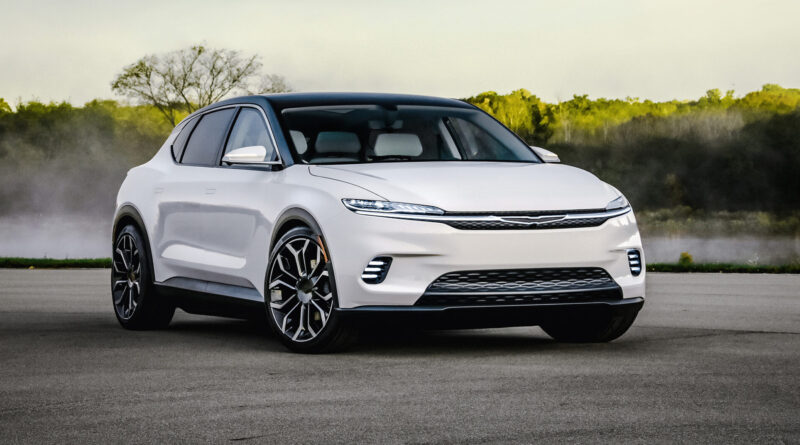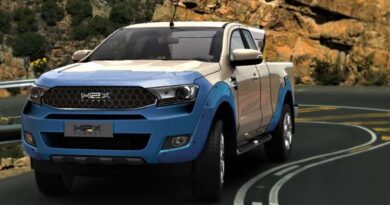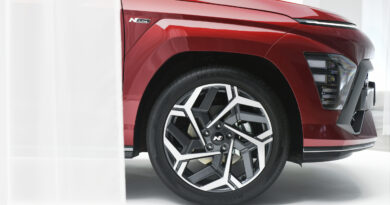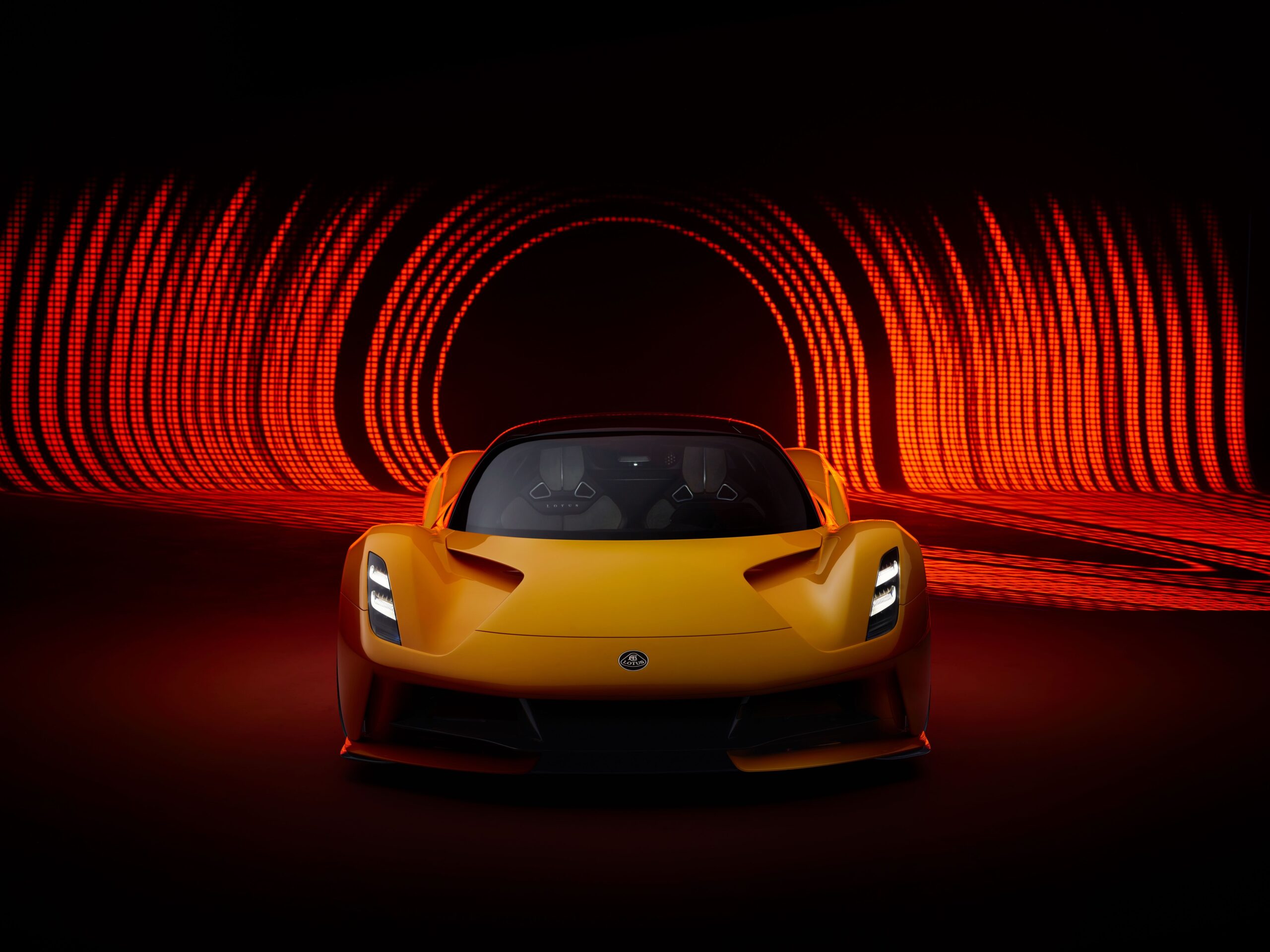Chrysler commits to EV future, reveals electric concept that’s not an SUV or truck!
Only weeks after the brand was officially axed in Australia, Chrysler has announced it will launch its first EV in 2025 and become an all-electric brand by 2028.
Nowadays a division of the sprawling Stellantis auto group. Chrysler announced its EV move overnight US time ahead of presenting the Airflow electric concept at the 2022 CES consumer technology show in Las Vegas.
A sleek sedan – yep not an SUV or truck like everyone else seems to be launching these days – powered by dual 150kW e-motors with an intended range up to 640km (no battery size was specified) and packed with tech, the Airflow is indicative of what is to come from Chrysler, says its CEO Christine Feuell.
READ MORE: EV CALENDAR: Every new electric car due soon
READ MORE: EV UTE OVERLOAD: The electric utes and pickups coming soon
READ MORE: Rebirth of Chrysler as electrified brand
READ MORE: 2024 Dodge EV muscle car to ‘tear up the streets, not the planet’
READ MORE: Target EV: The year each car brand promises to go electric
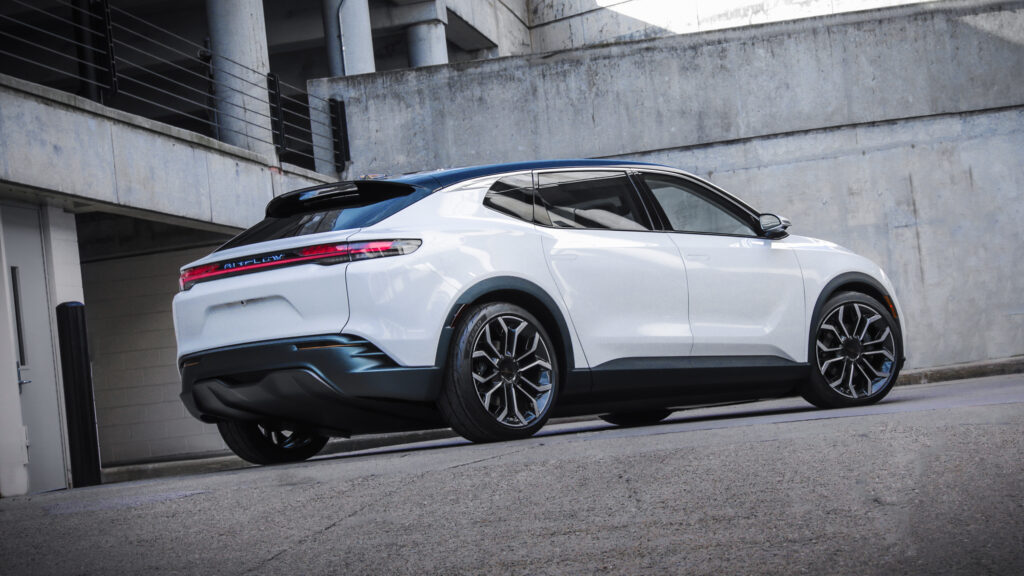
“The Chrysler Airflow Concept represents the future direction of the Chrysler brand, providing a peek at the dynamic design, advanced technologies and seamless connectivity that will characterise the full-electric portfolio we plan to reach by 2028,” said Feuell.
“Chrysler is an iconic American automotive brand, with a heritage in creating new advanced technologies and product segments. Our brand will serve at the forefront as Stellantis transforms to deliver clean mobility and connected customer experiences.”
The good news for Chrysler is it doesn’t have that many internal combustion car lines to kill off ahead of 2028, as it is down to the 300 sedan and Voyager and Pacifica people-movers in its North American home market. In Australia, only the 300 was still being offered (before it was discontinued late in 2021), primarily because of contracts to supply police cars.
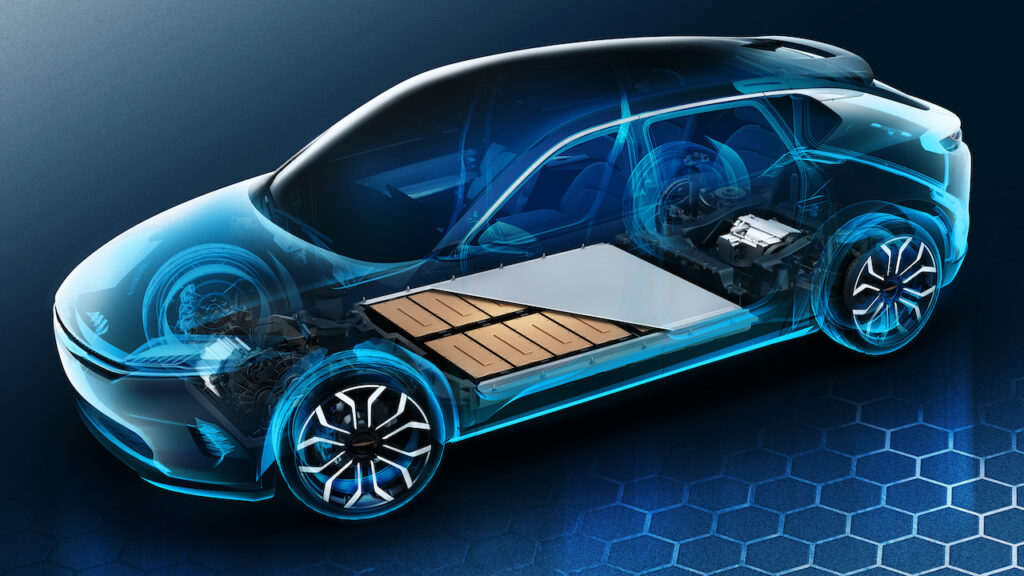
That limited line-up reflects the state of neglect the brand has been in for some time. Other members of Stellantis – Jeep and RAM – have become the US darlings of a group that also includes Peugeot, Citroen, Fiat, Alfa Romeo, Maserati, Lancia, Opel and DS (and others, there are 14 in total)
When Stellantis first formed 12 months ago it was thought Chrysler would be killed off. Instead, group CEO Carlos Tavares has given Fuell – and CEOs of the other brands – 10 years to prove their viability.
Tavares has hosted online EV and Investor presentation in recent months that have clarified the electrified future of various brands including RAM, Dodge, Jeep, Alfa, Lancia and DS but there had been no word on 96-year old Chrysler’s future until now.
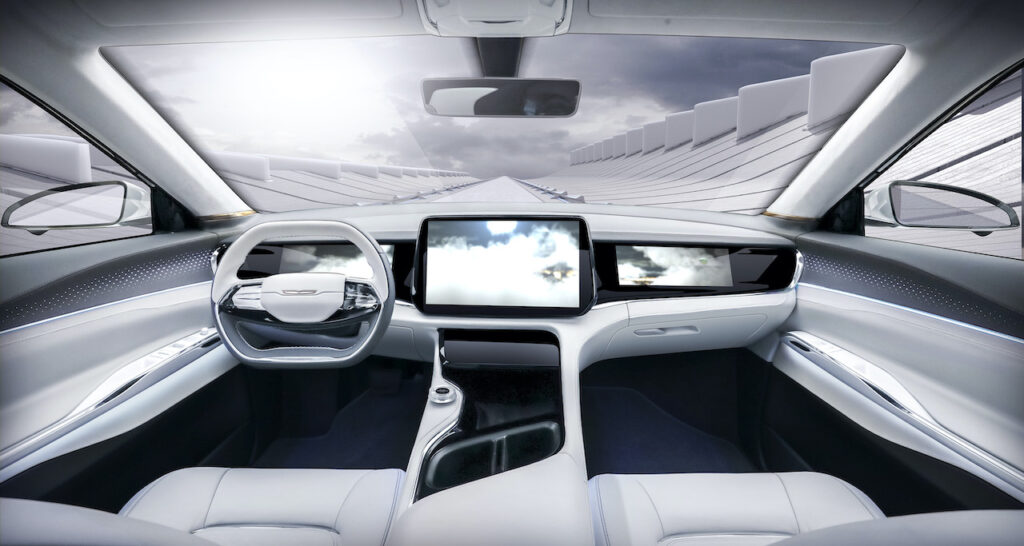
The Airflow first popped up in a less refined form at CES 2020 and momentarily during the EV day presentation in July, is that future in-the-metal.
“The Chrysler Airflow Concept represents the start of the brand’s journey toward a fully electrified future. It is the result of a thoughtful synthesis of the full arsenal of Stellantis’ connected vehicle technology – inside and out,” said Ralph Gilles, chief design officer – Stellantis.
“The design features a decisively elegant aerodynamic exterior and a modern, sophisticated interior that takes the customer on a new level of digital delight.”
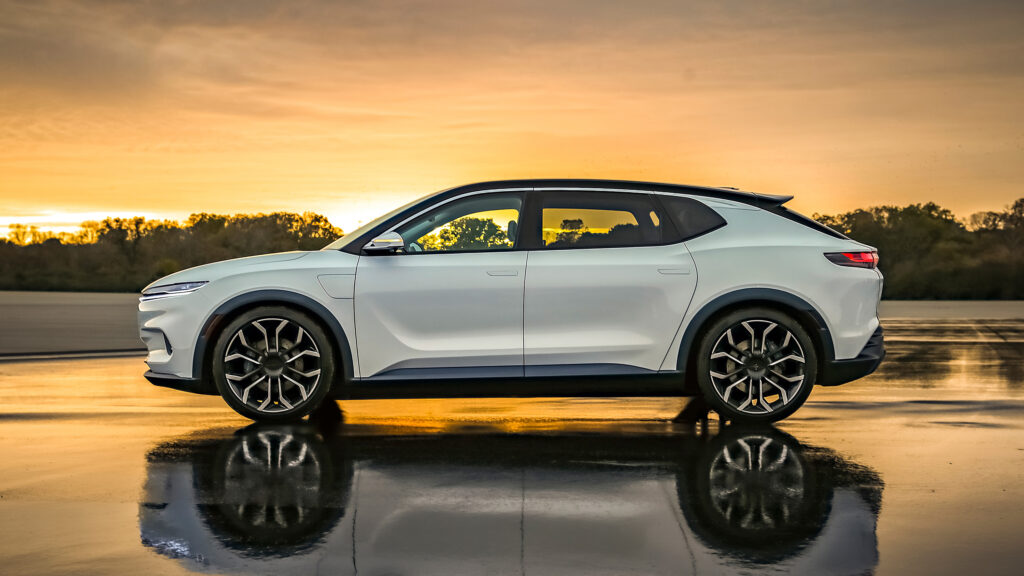
The Airflow comes with a long list of acronyms, most of them starting with STLA – short for Stellantis.
The concept is based on the all-new STLA Large battery electric vehicle architecture, uses the STLA Brain software architecture, level 3 autonomous STLA AutoDrive and STLA SmartCockpit.
Chrysler says Brain and SmartCockpit work together to deliver a connected digital experience for driver and passengers.

For instance, screens throughout the Airflow interior can be personalised, simplified and grouped based on individuals and interests. Information on the screens can be shared with all passengers by swiping.
Each seat also features a built-in camera, enabling occupants to participate in a group video conference call.
All this tech can be updated over the air, as can AutoDrive, which has been co-developed with BMW.

Rolling on 22-inch wheels, the low-slung five-door exterior previews Chrysler’s new “technology-forward” design. It features an LED-illuminated Chrysler wing logo on the cross-car grille/light blade while a crystal LED taillight runs the full width of the vehicle.
Inside, trims are enviro-friendly including vegetable-tanned leather, as well as floor mats, fabric and carpeting made of recycled materials.
So will the evolution of Chrysler to an all-EV brand prompt an eventual Australian return? The swing to electrification was one reason blamed for its withdrawal. Come 2028, that issue looks likely to have been addressed!

